How Does A Wifi Wireless Reversing Camera Work ?
A WiFi wireless reversing camera works by using a camera to capture video footage of the area behind a vehicle and transmitting it wirelessly to a receiver. The camera is typically mounted on the rear of the vehicle, and it captures the video in real-time. The video signal is then converted into a digital format and transmitted using WiFi technology.
The camera and the receiver are equipped with WiFi modules that allow them to establish a wireless connection. The camera sends the video signal to the receiver using WiFi frequencies, which enables the receiver to display the video on a compatible device such as a smartphone, tablet, or dedicated monitor.
The receiver device needs to be within the range of the WiFi signal to receive the video feed. The range can vary depending on the specific camera and receiver model. The receiver device can be placed inside the vehicle, allowing the driver to view the video footage in real-time and assist with reversing or parking maneuvers.
Overall, a WiFi wireless reversing camera provides a convenient and wireless solution for obtaining a clear view of the rear of a vehicle, enhancing safety and ease of maneuvering.
1、 Wireless Transmission: Sending video signals without physical connections.
A WiFi wireless reversing camera works by utilizing wireless transmission technology to send video signals without the need for physical connections. This allows for a convenient and hassle-free installation process, as there is no need to run cables from the camera to the display unit.
The camera captures the video feed of the rear view and transmits it wirelessly to a receiver unit, which is connected to a display device such as a smartphone, tablet, or dedicated monitor. The camera and receiver communicate using WiFi signals, similar to how devices connect to a WiFi network.
The camera itself is equipped with a WiFi transmitter that converts the video signals into digital data packets. These packets are then transmitted over the WiFi frequency to the receiver unit. The receiver unit receives the data packets and decodes them back into video signals, which are then displayed on the connected device.
The latest advancements in WiFi technology have improved the performance and reliability of wireless reversing cameras. The use of higher frequency bands, such as 5GHz, allows for faster and more stable data transmission. Additionally, the implementation of advanced encryption protocols ensures secure and interference-free communication between the camera and receiver.
Wireless reversing cameras offer several advantages over traditional wired cameras. They provide greater flexibility in terms of installation, as there are no cables to route and hide. They also allow for easy repositioning or removal of the camera if needed. Furthermore, wireless cameras can be easily integrated with other wireless devices, such as smartphones, enabling additional features like live streaming and recording.
In conclusion, a WiFi wireless reversing camera works by utilizing wireless transmission technology to send video signals without physical connections. The latest advancements in WiFi technology have improved the performance and reliability of these cameras, offering greater convenience and flexibility for users.

2、 Camera Functionality: Capturing and transmitting real-time video footage.
A WiFi wireless reversing camera works by utilizing a combination of camera functionality and wireless transmission technology. The camera is designed to capture real-time video footage of the area behind a vehicle, providing the driver with a clear view of any obstacles or hazards while reversing.
The camera itself is typically mounted on the rear of the vehicle, either on the license plate or on the bumper. It is equipped with a lens that captures a wide-angle view of the surroundings. The captured video footage is then processed and transmitted wirelessly to a display unit located inside the vehicle.
The wireless transmission technology used in these cameras is usually WiFi, which allows for a reliable and fast connection between the camera and the display unit. The camera and the display unit need to be connected to the same WiFi network in order to establish a connection.
Once the connection is established, the camera starts transmitting the video footage in real-time to the display unit. The display unit can be a dedicated monitor or a smartphone or tablet that is compatible with the camera's WiFi network. The driver can then view the video feed on the display unit, providing them with a clear and accurate view of the area behind the vehicle.
The latest point of view on WiFi wireless reversing cameras is that they have become increasingly popular due to their convenience and ease of installation. They eliminate the need for complex wiring and can be easily installed by the vehicle owner themselves. Additionally, advancements in technology have led to improved video quality and enhanced features such as night vision and parking guidelines, further enhancing the functionality of these cameras.

3、 WiFi Connectivity: Utilizing WiFi technology for data transmission.
A WiFi wireless reversing camera works by utilizing WiFi technology for data transmission. This means that the camera wirelessly connects to a device, such as a smartphone or tablet, using a WiFi signal. The camera captures the video feed of the rear view and transmits it wirelessly to the connected device.
The camera itself is typically mounted on the rear of the vehicle, providing a clear view of the surroundings. It is equipped with a lens and image sensor to capture the video feed. The captured video is then compressed and transmitted using WiFi connectivity.
WiFi connectivity offers several advantages for a wireless reversing camera. Firstly, it provides a stable and reliable connection between the camera and the device. This ensures that the video feed is transmitted without any interruptions or delays, allowing the driver to have a real-time view of the rear view.
Additionally, WiFi connectivity allows for a greater range of transmission. The camera can be placed at the rear of the vehicle, while the device can be positioned inside the car. This flexibility in placement ensures that the camera captures a wide-angle view of the surroundings, enhancing the safety and convenience of reversing.
Furthermore, WiFi technology has evolved over the years, offering faster and more efficient data transmission. The latest WiFi standards, such as WiFi 6, provide higher speeds and lower latency, resulting in a smoother and more responsive video feed.
In conclusion, a WiFi wireless reversing camera works by utilizing WiFi technology for data transmission. This wireless connection allows for a stable and reliable video feed, providing the driver with a real-time view of the rear view. With the advancements in WiFi technology, these cameras are becoming more efficient and effective in enhancing the safety and convenience of reversing.

4、 Reversing Assistance: Aiding drivers in parking and maneuvering their vehicles.
A WiFi wireless reversing camera is a device that helps drivers in parking and maneuvering their vehicles by providing a clear view of the area behind the vehicle. It works by using a camera mounted on the rear of the vehicle, which captures the live video feed of the surroundings. This video feed is then transmitted wirelessly to a display unit inside the vehicle, such as a smartphone or a dedicated screen.
The camera is typically connected to a WiFi transmitter, which sends the video signal to the receiver unit. The receiver unit can be a smartphone or a dedicated display screen, which is placed in a convenient location for the driver to view. The receiver unit then displays the live video feed, allowing the driver to see what is happening behind the vehicle.
The latest advancements in WiFi wireless reversing cameras have made them even more efficient and user-friendly. Some models now come with additional features such as night vision, wide-angle lenses, and even motion detection. Night vision allows the camera to capture clear video footage even in low-light conditions, ensuring that the driver has a clear view at all times. Wide-angle lenses provide a broader field of view, allowing the driver to see a larger area behind the vehicle. Motion detection alerts the driver if any objects or pedestrians are moving in the camera's field of view, further enhancing safety.
Overall, a WiFi wireless reversing camera is a valuable tool for drivers, providing them with a clear and real-time view of the area behind their vehicle. It enhances safety, reduces the risk of accidents, and makes parking and maneuvering easier and more convenient.







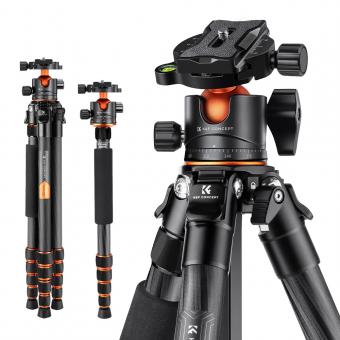



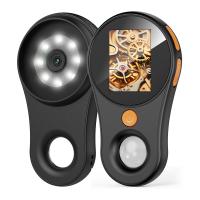






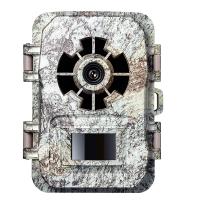



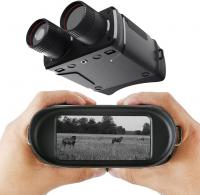

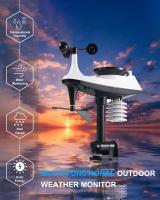
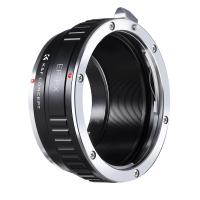
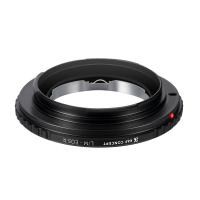


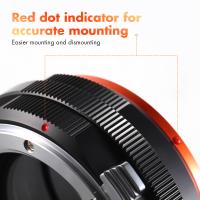

There are no comments for this blog.